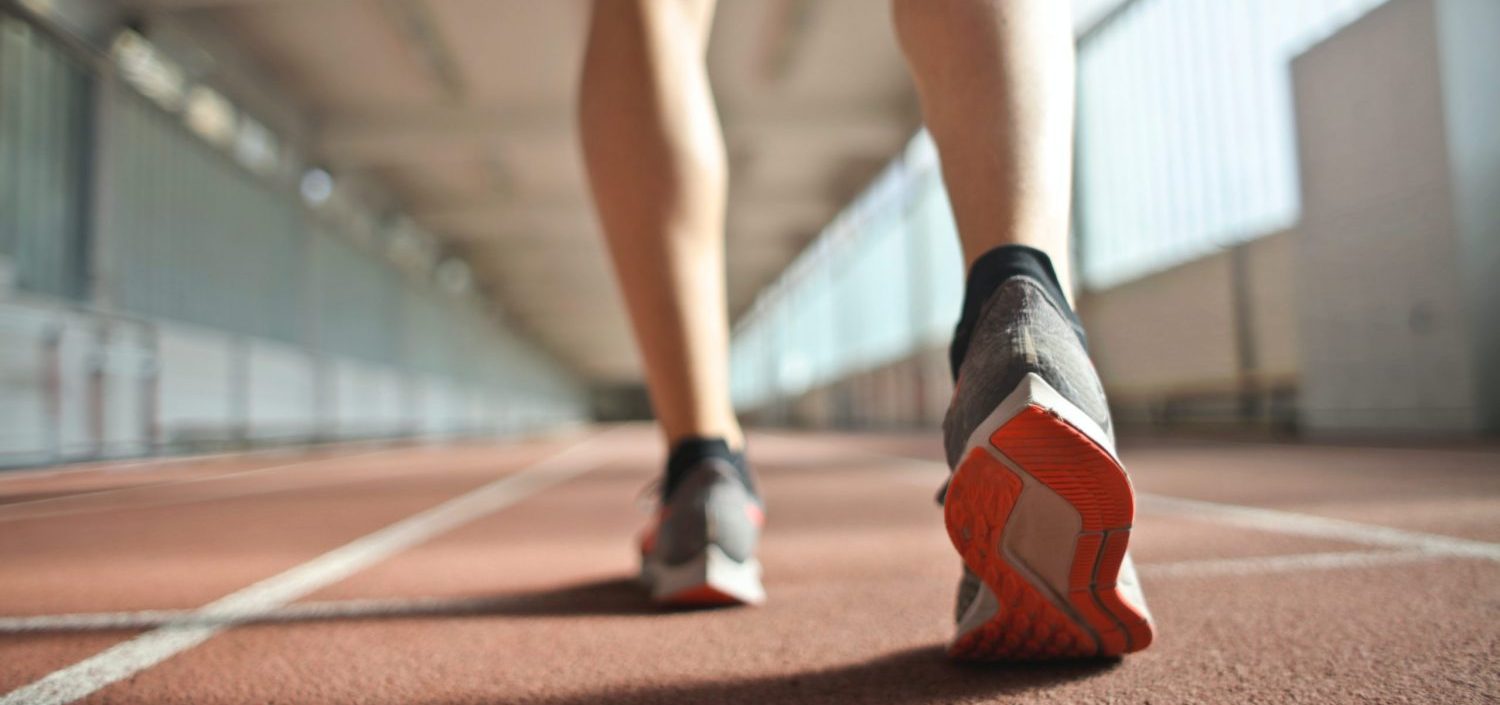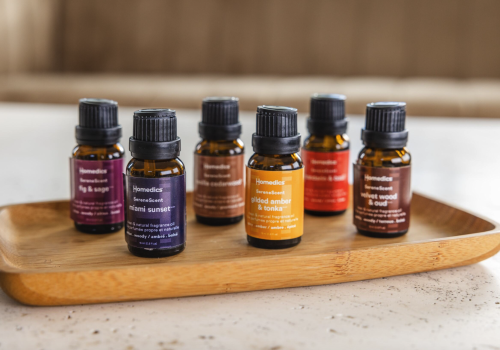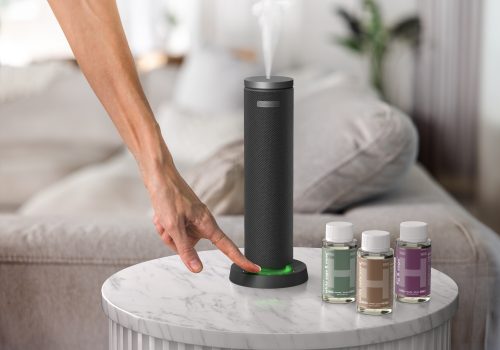Do Massages After Exercise Help Muscles Recover Faster?
Post-workout recovery sometimes comes with less-than-pleasant side effects, including muscle soreness and inflammation. A massage after exercise may help you manage this discomfort while your muscles recover.
Let’s look at what happens to your muscles when you exercise, the effects of a post-workout massage, and how it may offer benefits for sore muscle recovery.
What Happens to Muscles During a Workout?
When you exercise or perform other strenuous activities, your muscle fibers become damaged. Small tears form in the soft tissue when you put strain on your muscles during intense exercise. This is normal, especially in anaerobic strength training.
The healing process is what makes your muscles grow and become stronger—this is called muscle hypertrophy. As your muscles recover, though, you may also face post-workout soreness.
Dealing with DOMS (Delayed Onset Muscle Soreness)
During the healing process after strenuous exercise, you may experience dull, aching soreness, especially when you stretch the affected muscles. This is an effect called delayed onset muscle soreness, or DOMS, and it’s an extremely common experience after a tough workout.
If you exercise regularly, you’ve probably already guessed why it’s called “delayed onset”—you might not feel anything right after you’ve exercised, but you’ll likely feel it the next day. Usually, one experiences DOMS within 24 to 72 hours after exercise, and it often lasts for several days.
DOMS can be very minor and concentrated in just one or two muscle groups, or it can be moderately painful and affect multiple large muscle groups. When returning to exercise after an extended break, or after changing your workout routine, DOMS may be especially severe.
Other Effects of Exercise on Muscles
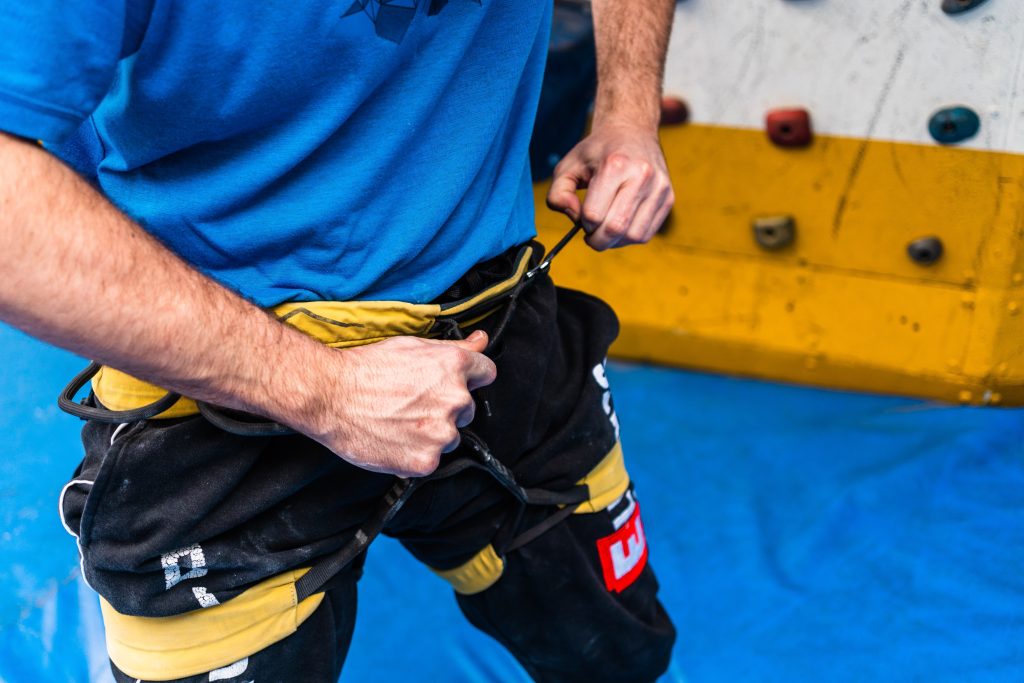
Other common side effects after strenuous exercise are inflammation and muscle stiffness. You may feel like your range of motion is limited, which could be a result of inflammation or of soreness making you reluctant to stretch the muscle more than a little.
DOMS can make it difficult to function at your full physical capacity, especially when it’s at its most severe. And though the soreness usually goes away on its own, there are things you can do to help relieve it.
One way to more quickly bounce back from DOMS is “active recovery.” For example, doing some light stretching, taking a walk, or performing an everyday activity that requires you to gently stretch your muscles.
Or you could get a massage.
What a Post-Workout Massage Does to Your Muscles
Your body’s nervous system has a relaxation response that causes your heart rate to decrease and your breathing to slow. This response also causes your muscles to relax, so it’s valuable when your body is recovering after a workout.
When you exercise and contract your muscles, they may compress surrounding nerves. And post-workout muscle tension sometimes causes nerves to remain compressed, leading to pain.
Massage helps to reduce muscle tension, and can relieve nerve compression that’s associated with it. It also boosts the body’s natural relaxation response, helping it wind down from a high-performance state.
Post-Workout Massage Effects
While stretching and light activity aim to gently move sore muscles to relieve some stiffness, a post-workout recovery massage targets tender muscle tissue directly.
These are some of the effects of a post-workout massage on sore muscle recovery.
DOMS Management
Research has shown that post-workout massages may help manage DOMS after exercise. Study participants who were given a ten-minute massage three hours after exercise reported significantly reduced muscle soreness.
The massages also appeared to reduce the activity of creatine kinase—an enzyme in the muscles that appears in higher levels after strenuous exercise. In the same study, creatine kinase levels were significantly lower four days after exercising when workouts were followed by massage.
Another study found that massage therapy may help stimulate mitochondria, the cell bodies which convert glucose into energy. Mitochondria are instrumental to cell function and repair. The same study also showed that massaging sore muscles may reduce the production of cytokines—compounds which affect inflammation.
Inflammation Regulation
Post-workout inflammation is part of the body’s natural response to minor muscle injury. Another part of this response is the production of cytokines by immune cells. Cytokines affect muscle recovery by regulating inflammation and controlling muscle repair.
Inflammatory cytokines contribute to swelling, but research has shown that a post-workout massage can actually reduce their activity, reducing inflammation.
In one study, post-workout upper arm massages resulted in a smaller increase in upper arm circumference three and four days after exercise. A massage to reduce swelling after exercise can help manage the discomfort that can linger for days after strenuous physical activity.
Increased Range of Motion
Another problematic side effect of working out may be a temporary decrease in range of motion. That swelling that you experience, combined with the soreness you feel when you use your tired muscles, can limit flexibility.
Whether you find it harder to wash your back in the shower or to pull on your socks in the morning, you’re experiencing reduced range of motion. This can be frustrating to live with while your muscles recover.
Fortunately, massage may promote increased range of motion by reducing muscle stiffness after exercise.
Better Blood Flow
Massage therapy after a workout may improve circulation. Research has shown that vibration massage can increase muscle oxygenation and increase blood flow.
Feel Relaxed and Recharged
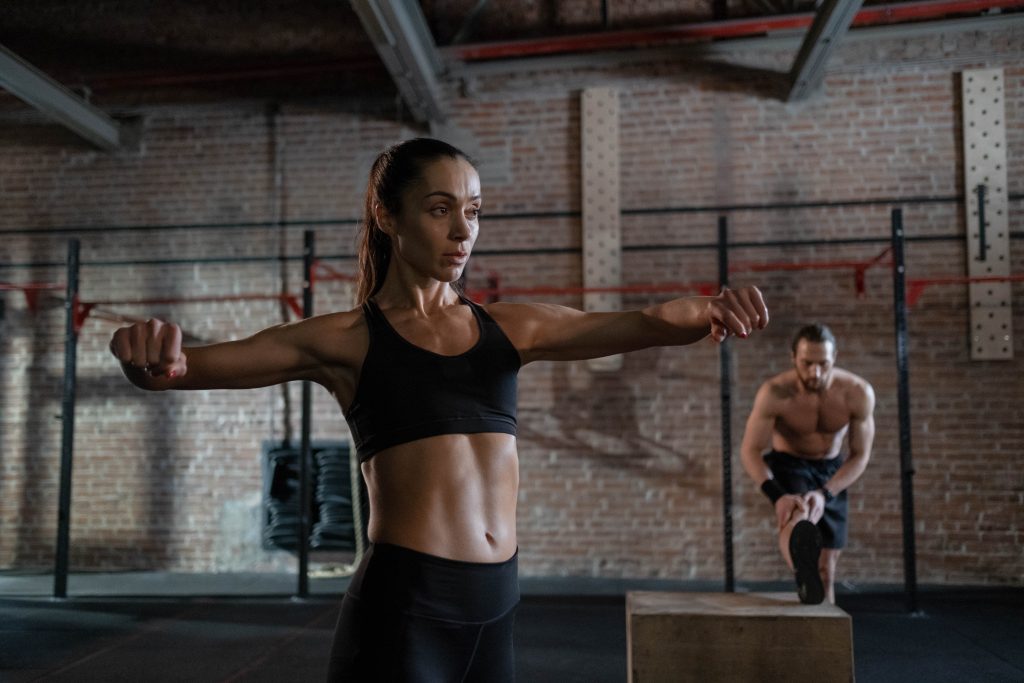
Few people would argue that a massage doesn’t feel great, especially after you’ve had a long day on your feet or done an intense workout. Everyone deserves time to relax, and a massage is a great way to get into a calm headspace.
Put on some soothing music, add your favorite essential oils to an aromatherapy diffuser or a waterless diffuser, and enjoy some dedicated massage time. Your body will thank you for the opportunity to recharge and recover.
A soothing post-workout massage can also help prepare you for your next workout. No one can blame you for feeling tired and less than enthused about exercising again while you’re still sore from your last session.
Rest days are an important part of an exercise schedule because they allow muscles to properly recover before being put under stress again. A relaxing massage on rest days can help you overcome post-workout soreness and increase the determination to maintain your healthy habit.
Types of Post-Workout Massages
If you’re managing DOMS or muscle stiffness and want to try massage as well as utilizing massagers to help manage soreness, there are several types you can perform on yourself, right at home.
Percussion Massage
Percussion massage typically uses a handheld massage gun to apply rhythmic bursts of pressure to specific muscles. They target deep muscle tissue that’s difficult to reach with a simple hand massage. These massagers often feature a variety of massage heads designed for different parts of the body.
Percussion massage guns can be very effective on stubborn muscle knots and localized areas of stiffness. These devices have a high degree of maneuverability, which makes them great massagers for both large and small muscles.
Shiatsu Massage
The practice of shiatsu relies on manipulating the body’s many pressure points. A shiatsu massage therapist applies targeted pressure to muscles, in order to release tension and promote relaxation.
But you can also use a shiatsu self-massage device to mimic the action of a professional shiatsu massage. With a shiatsu massage pad or pillow, you can easily enjoy the benefits of shiatsu while seated in your favorite chair or lying in bed.
Vibration Massage
Vibration massage usually aims to help relax large muscle groups. Vibration massage tools include cushions, pads, and wraps, as well as handheld devices.
Vibration massage sessions promote an overall feeling of relaxation, while soothing sore muscles.
Foam Roller Massage
The foam roller is a simple, highly portable, self-massage tool. Just roll it across your muscles, applying pressure, to release tension. Some foam rollers have a vibration feature to enhance relaxation. These are popular among athletes and trainers, who can easily take them to the gym, sporting events, and on the road.
Relax with a Massage While Your Muscles Recover
A post-workout massage can help you relax while your muscles recover. And while DOMS is a normal part of the muscles’ healing process, massage may help manage the symptoms.
So listen to your body, and consider the variety of self-massage devices out there, in order to find the right one to help you relax and rejuvenate during sore muscle recovery.
Sources
How Does Massage Work?, University of Minnesota: https://www.takingcharge.csh.umn.edu/explore-healing-practices/massage-therapy/how-does-massage-work
Zainuddin, Z., Newton, M., Sacco, P., & Nosaka, K. (2005). Effects of massage on delayed-onset muscle soreness, swelling, and recovery of muscle function. Journal of athletic training, 40(3), 174–180: https://www.ncbi.nlm.nih.gov/pmc/articles/PMC1250256/
Massage Therapy Attenuates Inflammatory Signaling After Exercise-Induced Muscle Damage, Science Translational Medicine: https://www.science.org/doi/10.1126/scitranslmed.3002882
Philippou, A., Maridaki, M., Theos, A., & Koutsilieris, M. (2012). Cytokines in muscle damage. Advances in clinical chemistry, 58, 49–87. https://doi.org/10.1016/b978-0-12-394383-5.00010-2
How Massage Helps Heal Muscles and Relieve Pain, TIME Healthland: https://healthland.time.com/2012/02/02/how-massage-helps-heal-muscles-and-relieve-pain/
Zainuddin, Z., Newton, M., Sacco, P., & Nosaka, K. (2005). Effects of massage on delayed-onset muscle soreness, swelling, and recovery of muscle function. Journal of athletic training, 40(3), 174–180: https://www.ncbi.nlm.nih.gov/pmc/articles/PMC1250256/
The Acute Effects of a Percussive Massage Treatment with a Hypervolt Device on Plantar Flexor Muscles’ Range of Motion and Performance, Journal of Sports Science and Medicine: https://www.researchgate.net/publication/344475656_The_Acute_Effects_of_a_Percussive_Massage_Treatment_with_a_Hypervolt_Device_on_Plantar_Flexor_Muscles%27_Range_of_Motion_and_Performance
Cerciello, S., Rossi, S., Visonà, E., Corona, K., & Oliva, F. (2016). Clinical applications of vibration therapy in orthopaedic practice. Muscles, ligaments and tendons journal, 6(1), 147–156. https://doi.org/10.11138/mltj/2016.6.1.147

